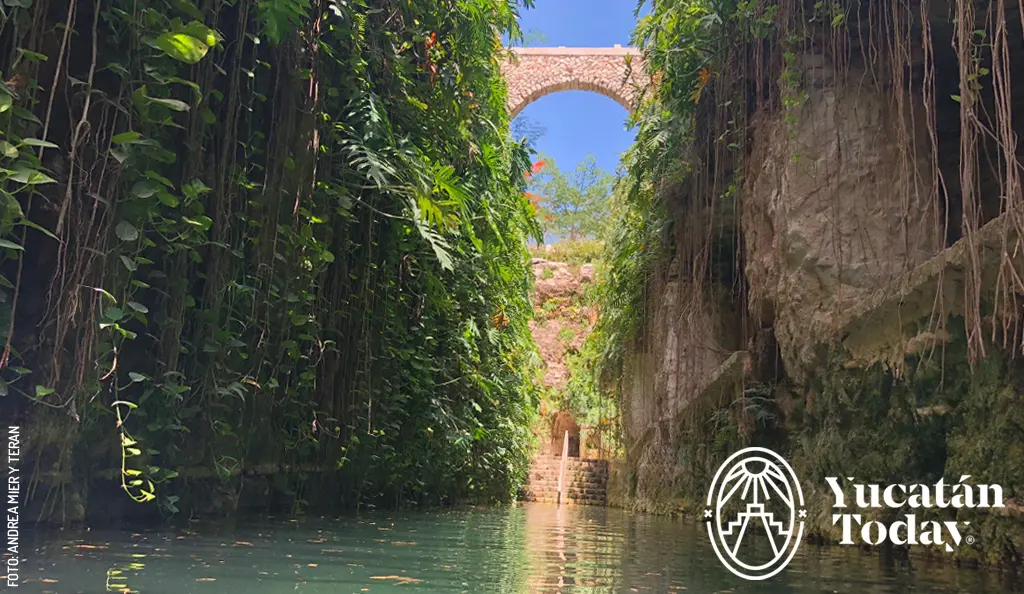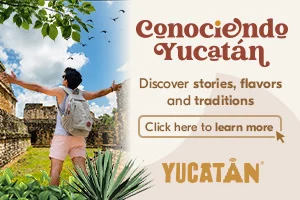- Home
- Destinations
- Cenotes
Cenotes
In Yucatán there are approximately 10,000 cenotes. Here we tell you how to choose the best cenote for your visit.
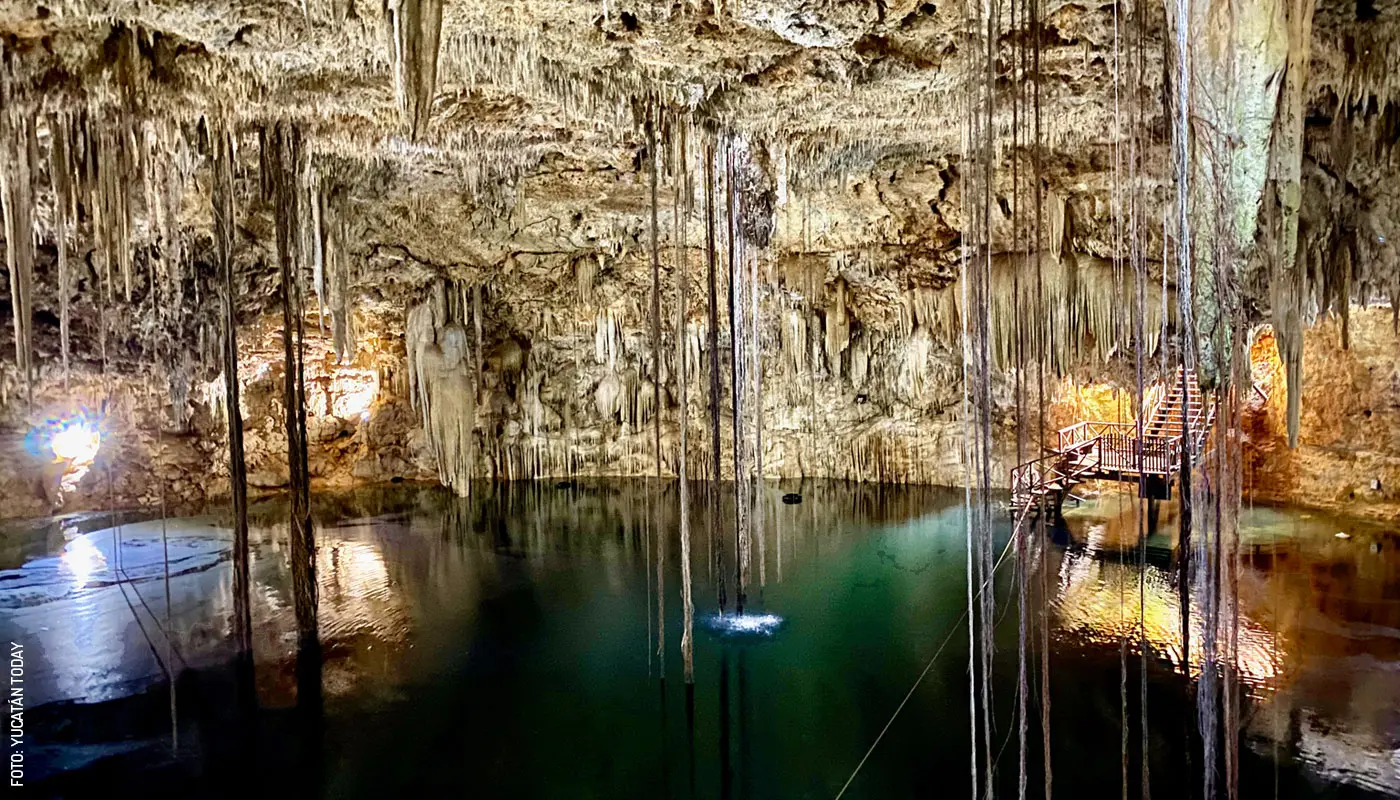
The Ultimate Guide to Visit a Cenote in Yucatán
Cenotes are one of the most unique marvels you’ll find in the Mexican state of Yucatán. The Maya called them Dzonot, which the Spaniards transformed into the word “cenote”. Geraldo Díaz Alpuche (c. 1579) was a Spanish military commander who was greatly impressed with these underground caverns and pools, and he tried to explain the meaning of the word cenote in the Spanish language as meaning “deep thing”. The Motul dictionary, a dictionary of Maya hieroglyphics, defines Dzonot as “abysmal and deep”.
Before the Spanish Conquest, cenotes weren’t used as recreational spaces. For the pre-Hispanic Maya, cenotes were sacred places, not only because they were the only resource for fresh, sweet water in the local Yucatecan jungle, but also because they represented the entrance to the underworld.
Nowadays, things have somewhat changed. What we can say for sure is that, if you visit a cenote, the experience will be etched in your mind forever: they’re magical, mysterious, and unique.
How are cenotes formed?
There is a reason why the Yucatán Península doesn’t have any (visible) rivers: the soil is highly permeable, which means that the water is quickly absorbed. As the water permeates, it dissolves the limestone it encounters, creating underground freshwater deposits. When the vault ceilings of these deposits collapse (or are perforated), that’s when we gain access to a marvelous underground landscape of crystal-clear, turquoise-hued water, which keep a pleasant temperature no higher than 24° C (75° F) year-round.
Every cenote is a natural work of art due to the stalactites, stalagmites, and columns that have taken millions of years to form.
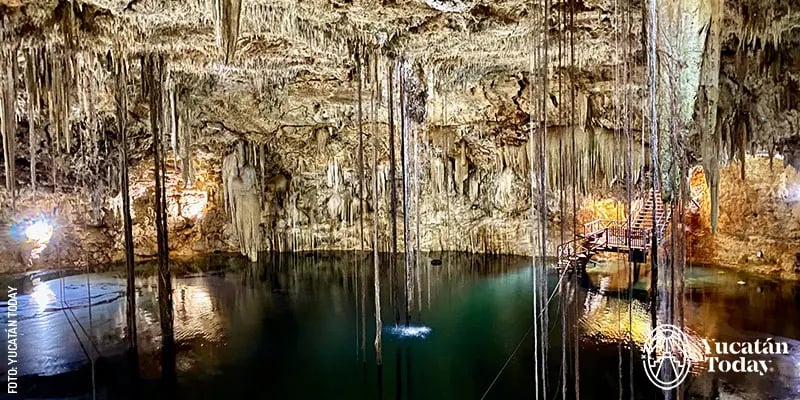
How many cenotes are there in Yucatán?
The actual number of cenotes is unknown. There are estimated to be over 10,000, but only 2,400 have been recorded. As such, it’s very difficult to provide you with a full catalog of the cenotes you can visit during your stay in Yucatán; the good news is that, no matter which you choose, each one is a unique, unforgettable experience.
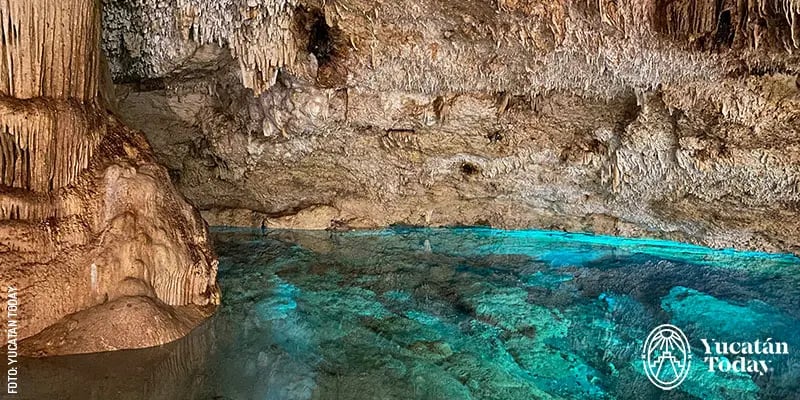
How are cenotes classified?
The most common classification considers the cenotes’ shape; by this standard, there are three possible types:
- Open cenotes, resembling small lakes
- Semi-open cenotes, partially covered
- Closed or cave cenotes, fully covered
Other possible classifications include their accessibility, swimmability, suitability for spelunking, and rusticity.
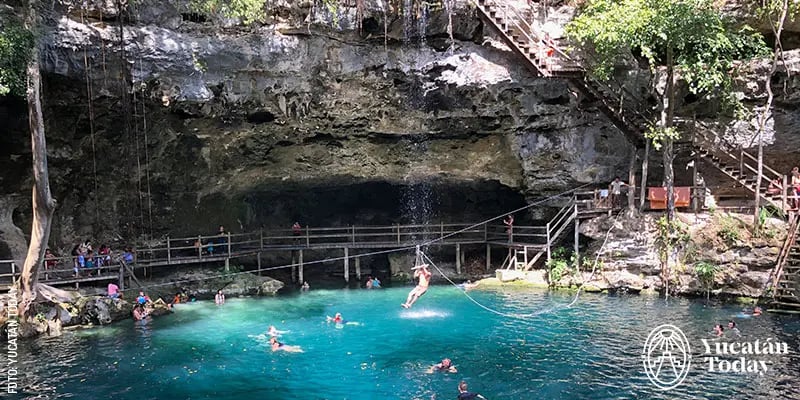
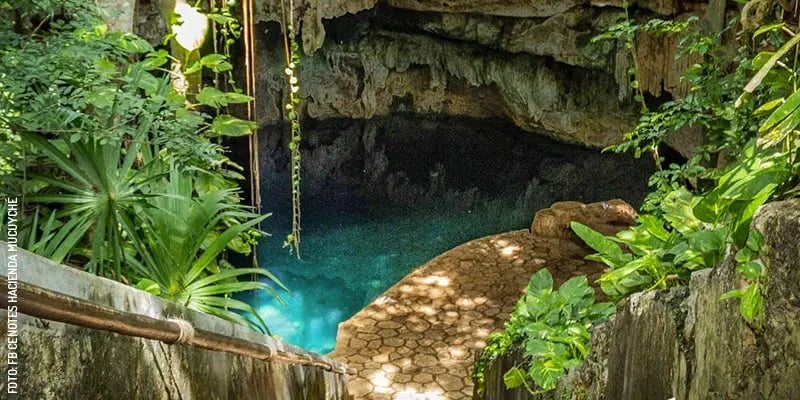
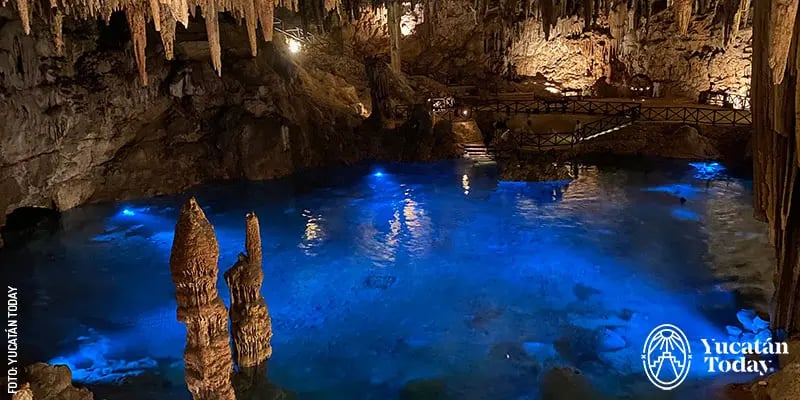
The value of cenotes
For many visitors (and there is no denying it, many locals too), cenotes are natural swimming pools: fun places to swim and take photos. Some fools have even proposed them as places to do motorized water sports (!). Those who have studied the different functions cenotes and caves have served over thousands of years see things from a different perspective: as shelters, as water (and other resources) sources, and as sacred places. If all visitors to the cenotes understood their value (historical, geological, environmental, and cultural, to name a few), we would all be much more aware and respectful of their fragility and care, and we would understand that they are, in truth, a living museum where you have the option to go for a swim.
This is not to discourage you from exploring and diving into the thousands of cenotes found in Yucatán, on the contrary! We want you to know, enjoy, and appreciate them as much as we do. Here’s a quick guide for a responsible, sustainable cenote visit.
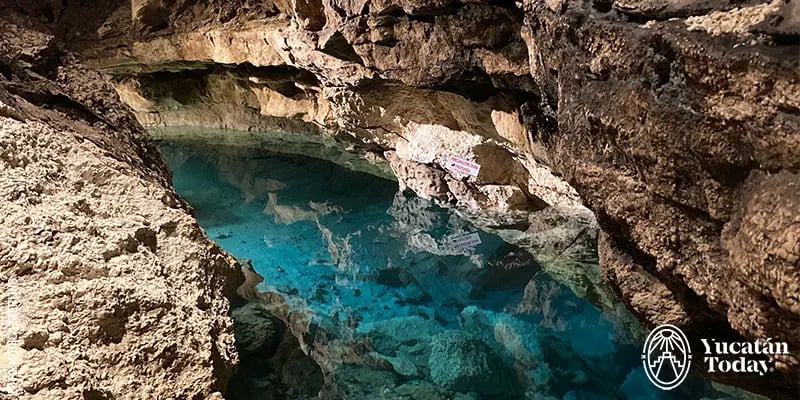
How to have an authentic cenote experience
Am I visiting an authentically natural cenote?
When it comes to infrastructure in cenotes, less is more. Some cenote operators choose to destroy natural formations to build an artificial space that evokes nature. Don’t fall for that scam.
Am I benefiting the community where this cenote is located?
The cenotes are the natural heritage of the people who live near them; when you visit, are you sharing it with them, or are you depriving them of it?
Am I aware that I am enjoying a sacred place?
Always ask yourself if your visit is being respectful of the environment and its history. This doesn’t mean you can’t have fun, but we encourage you to do so responsibly.
Am I contributing to the conservation of this cenote?
Our daily-use chemicals (deodorant, sunscreen, insect repellent, hair products, etc.) are very harmful to the aquifer; always rinse well before entering the water.
You’re all set! It doesn’t matter if you’re diving, swimming, floating, or just dipping your feet: dive in, cool off, and enjoy the natural treasures that are Yucatán’s cenotes.
What to bring when you visit a cenote?
By law, the use of life jackets is mandatory in every cenote in Yucatán. That means that most cenotes have life jackets (usually in different sizes) available to borrow or rent. However, if you or your family have your own that you’re comfortable with, it will always be better to bring them. Snorkeling gear or just goggles will make your visit all the richer, as you’ll be able to look at the bases of some of the stalagmites around you. An underwater lamp might also be useful, whether to explore or to give you an idea of how deep the cenote is.
If you’re not used to walking barefoot, or (understandably) worried about walking on slippery stones, water shoes are also a good idea.
What you’ll definitely need is, of course, your bathing suit and, if you’d like, a change of clothes. I always recommend bringing along quick-dry towels or, even better, the chamois ones swimmers use.
Are you planning to visit a cenote, but concerned about your children’s experience? Our article Cenotes with Children: Adventure and Safety will help you prepare for a fun, safe visit for the entire family.
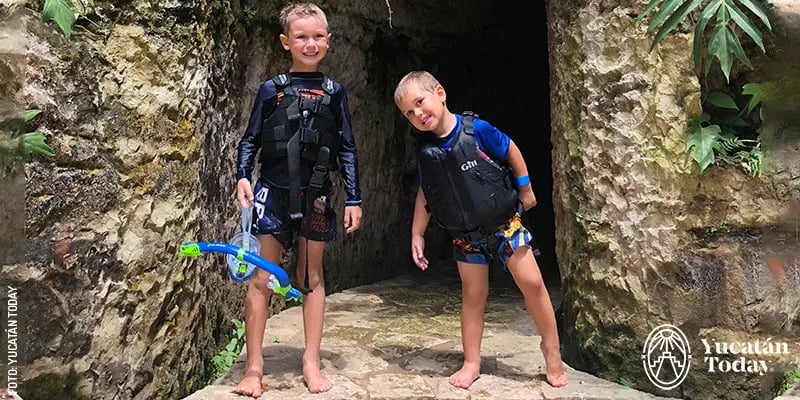
How to choose what cenote to visit in Yucatán
As mentioned above, with literally thousands of options to choose from, each traveler is bound to have a unique preference according to their own taste, interests, and experience. Our suggestion will always be to visit more than one and try to determine which features matter to you the most: do you prefer open, semi-open, or cave cenotes? Rustic or more Manicured? Touristy or off-the-beaten-path? Do you want to make it a stop along a longer route or will you make the trip just to visit a specific cenote? As you can see, the possible combinations are endless.
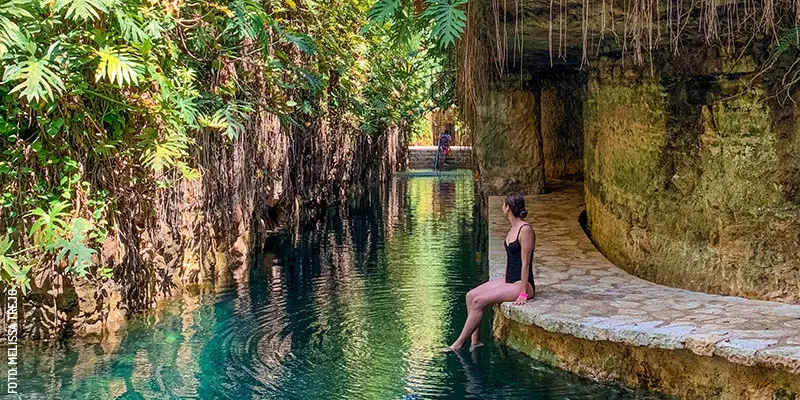
Some cenotes you can visit in Yucatán
Cenotes en Cenotillo
This village gets its name from the large number of cenotes located within the town and the outskirts. According to locals there are more than 150 cenotes, some of which are located in open fields. The main cenotes are Kaipech, Xayin, Xoch, Yook Chac (magnificent, privately owned cenote with caves, its own Maya ruins, and a greater chance to observe wildlife), and Ucil (town cenote).
Guide: Juan Verde
Tel. 9911 107 236 / 9911 063 637
Calle 13 #156 x 18 y 20, Cenotillo.
If you’re in Cenotillo, ask anyone where to find him.
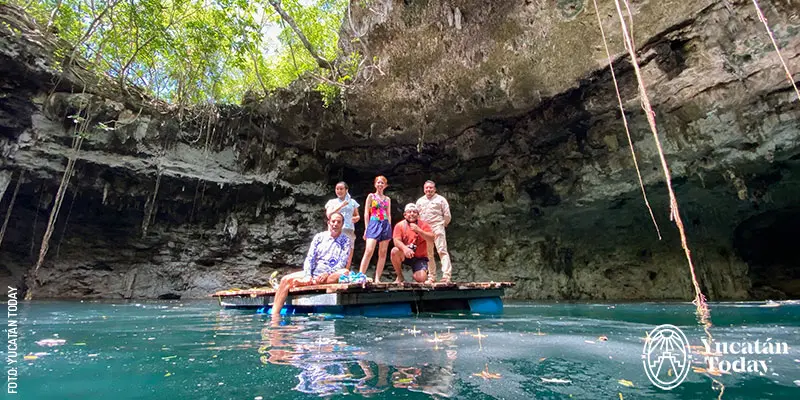
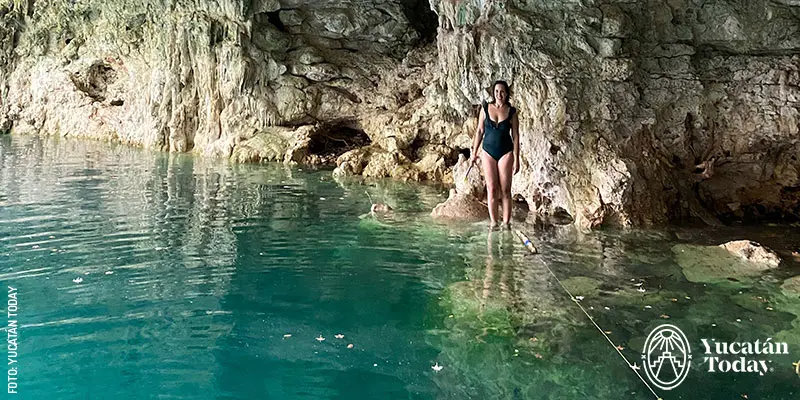
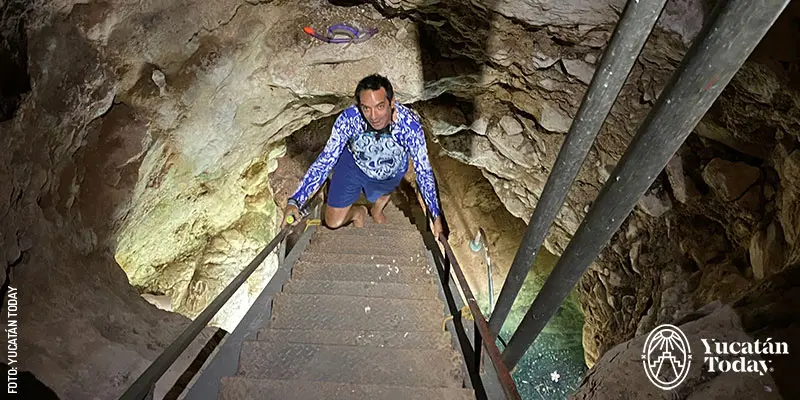
Cenote Chihuán
80 km. from Mérida on the “Libre” road to Cancún, this underground cenote is clean, safe, well lit, and has easy access. Change rooms, parking, regional food, green area, camping and horseback riding. The cenote’s maximum depth is 14 m (50 ft) and there’s always direct access to the surface. You’ll see stalactites, stalagmites, and columns at 3, 6, 9, 11, and 13 meters deep. Divers can get an impressive tour between formations. It’s conveniently located in Holcá, just a 30-minute drive from Chichén Itzá or about an hour from Valladolid.
Cel. 988 957 0008
FB: Cenote Chihuan
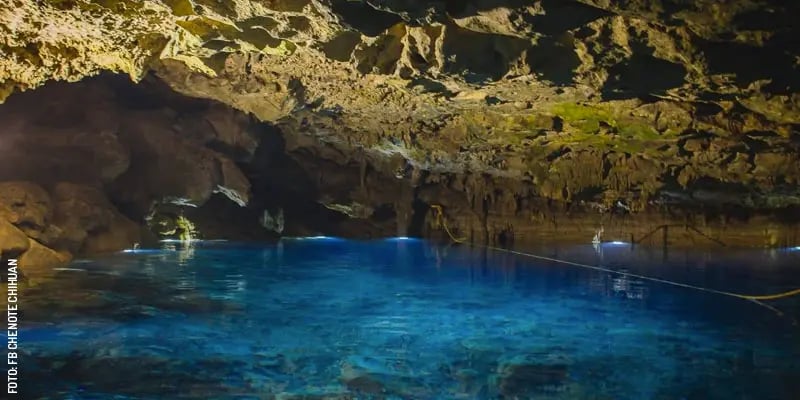
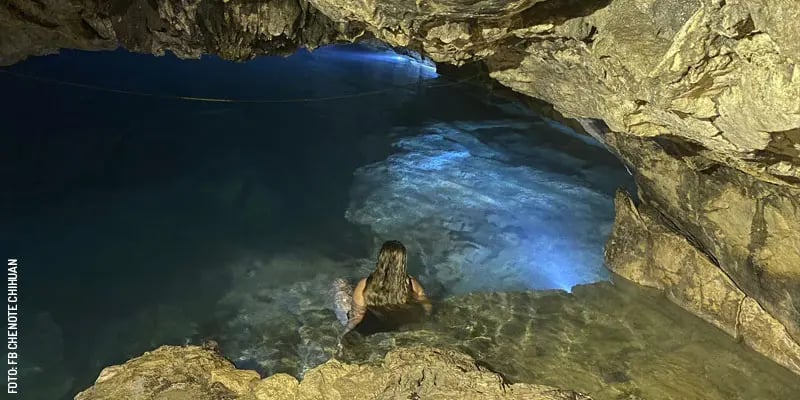
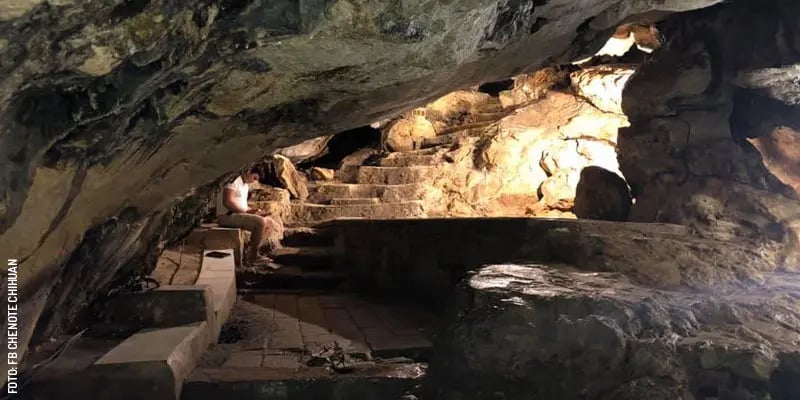
Cenotes in Cuzamá
There are three cooperative groups managing the cenotes here. Cenotes Chelentún, Santa Cruz, and Dzapakal are managed by Grupo Organizado Chelentún, at Hacienda Chunkanán, 3 km south of Cuzamá. Cooperativa “X’Tohil” manages four cenotes: San Felipe, Ayuso, Saak-Pakal and X’tohil. Cenotes Chansinic’ché and Bolonchoojol are managed by a different group. All three groups take you on a “truck” (wooden cart pulled by small horses) tour between cenotes.
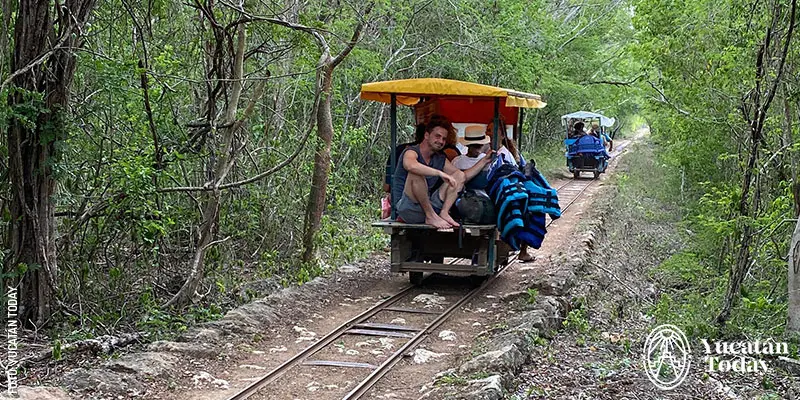
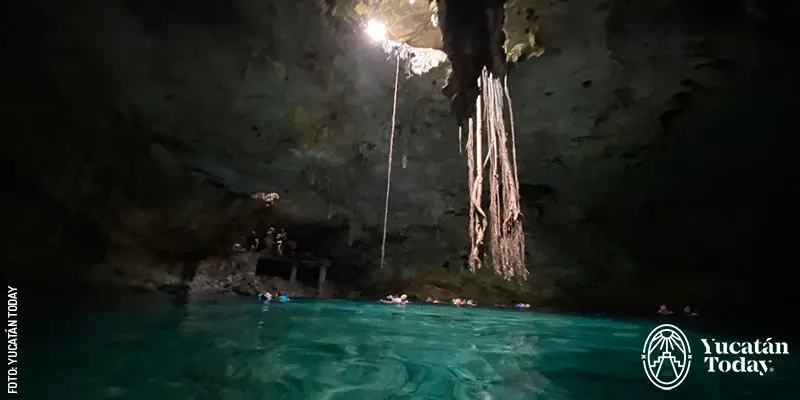
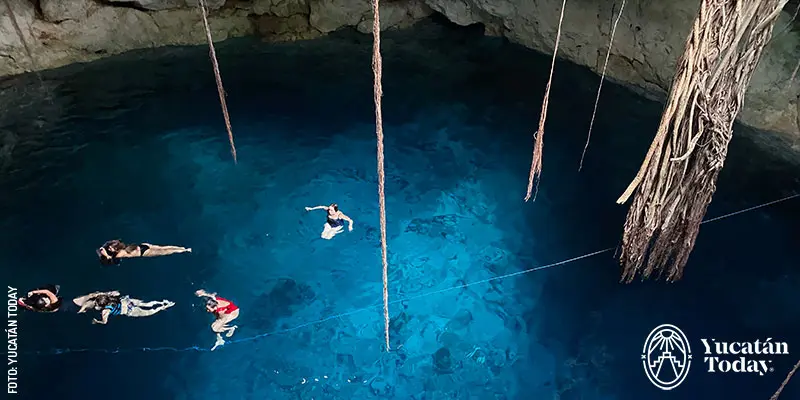
Cenote Dzul-ha
This beautiful cenote is located within Hacienda Sotuta de Peón, and it’s one of the stops you make along its tour of the Henequén hacienda. Sotuta de Peón is located 32 km (20 mi) south of Mérida; visits are available every day, by reservation.
Tel. 941 6441
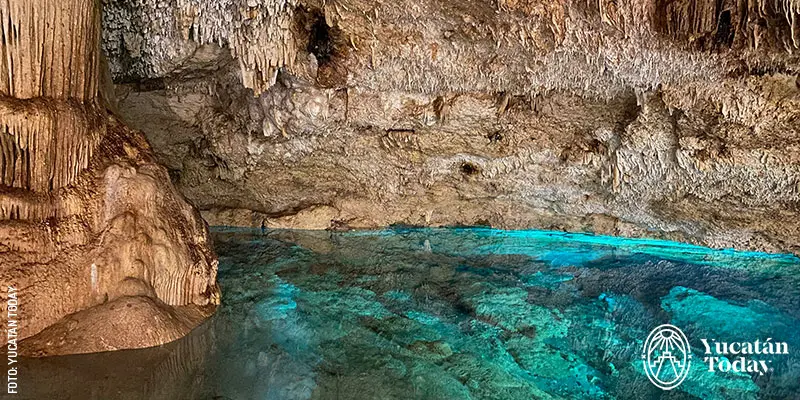
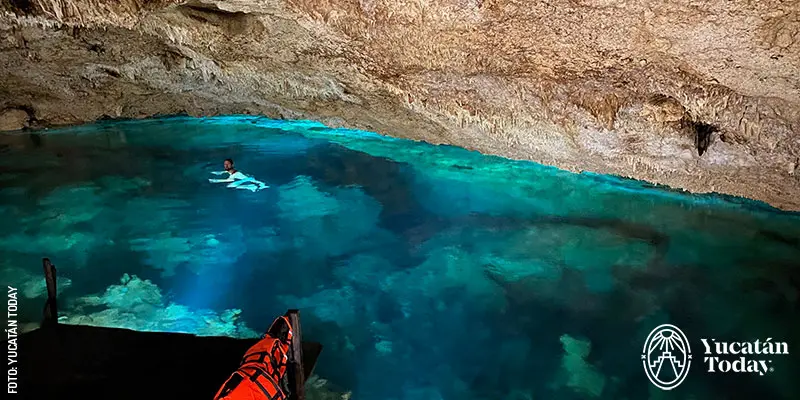
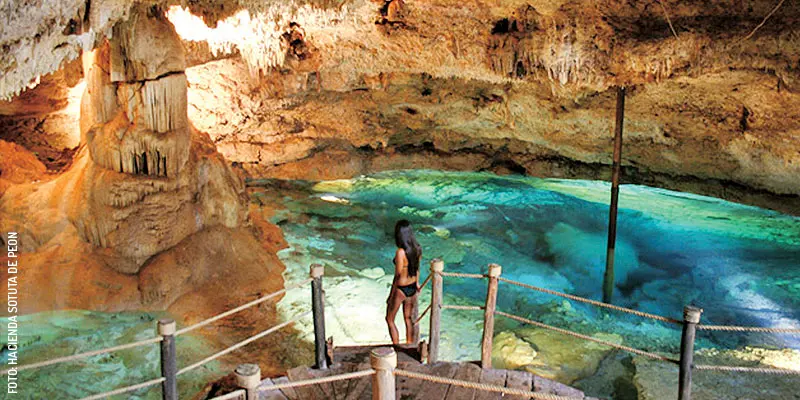
Cenotes in Homún
Nowadays, Homún is one of the most visited destinations for cenotes in Yucatán, and it’s easy to see why: there are approximately 300 cenotes in this tiny village, of which “only” about 30 are open to the public.
In Homún there are plenty of multi-cenote tours offered, even on unique vehicles: buggies, ATVs, or Mototaxis, the local version of a tuktuk. By far, the most common option is the Mototaxi. First of all, because they’re much cheaper ($300 pesos per person, up to 4 people), but also very convenient, since you don’t need a reservation: as soon as you’re near the area, at least one Mototaxi driver will offer you a tour. If you choose to go by buggy or ATV, the price goes up ($1,600 pesos per vehicle), but they both offer better cushioning and speed.
Tours usually include three cenotes; which ones, your guide will usually decide for you, unless you ask for a specific one by name.
Are you looking to plan a visit to Homún? Check out our Complete Guide for a Visit to the Homún Cenotes.
ATV/Buggy tours
Buggoz en Finca Oz
Tel. 999 802 3081
FB: Finca Oz
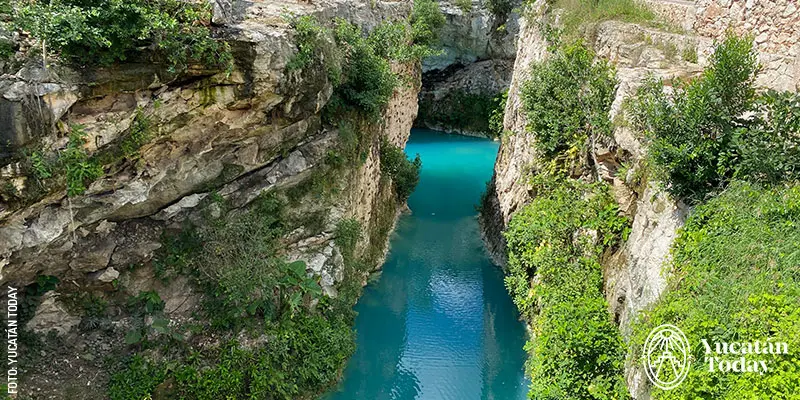
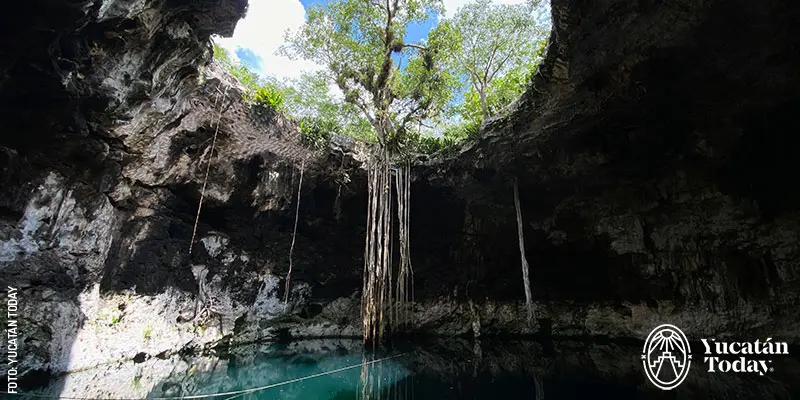
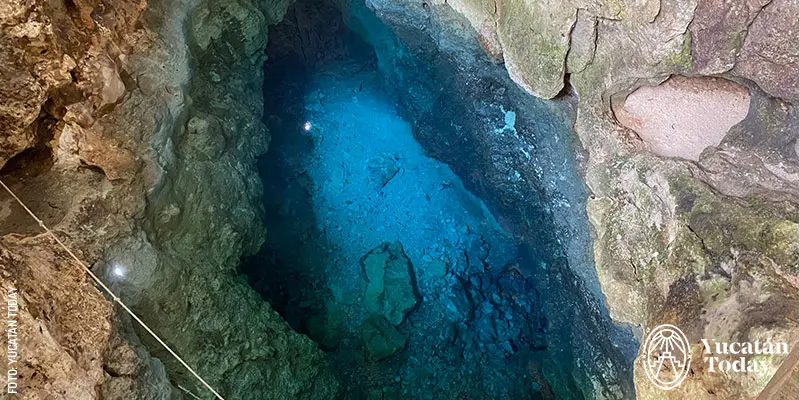
Cenote Ik-Kil
Because of its proximity to Chichén Itzá and Pisté, Ik-Kil is one of the most visited cenotes in Yucatán. It is a perfectly round open-well cenote with exuberant vegetation and waterfalls. It gained even further notoriety after hosting the 2014 Red Bull World Series of Diving. If you’re not sure about jumping in from a 27 m (90 ft) height, there’s also a grand stairway that leads into the water.
Open daily from 8 AM to 6 PM. There is also a buffet-style restaurant and bungalows for overnight stay.
Tel. 985 851 0002
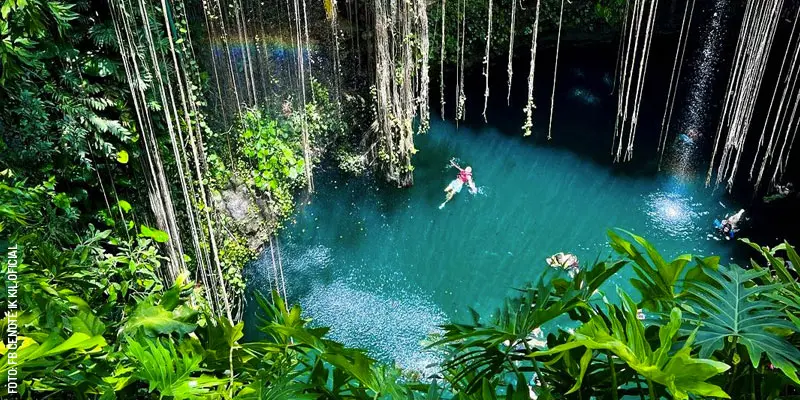
Cenote Kankirixche
At cenote Kankirixché you will find a large, spectacular sub-aquatic cavern with crystal clear water that allows fantastic visibility for snorkeling or scuba. In this grand cenote you will also find stalactites and alamo tree roots that form an impressive formation from the ceiling to the water. Kankirixche is a semi-open cenote 33 feet high, 90 feet long and about 75 feet wide. Visits only available with a tour.
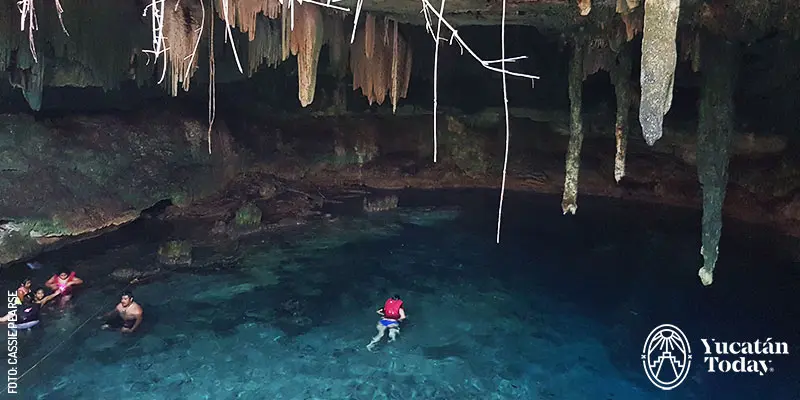
Los 7 Cenotes
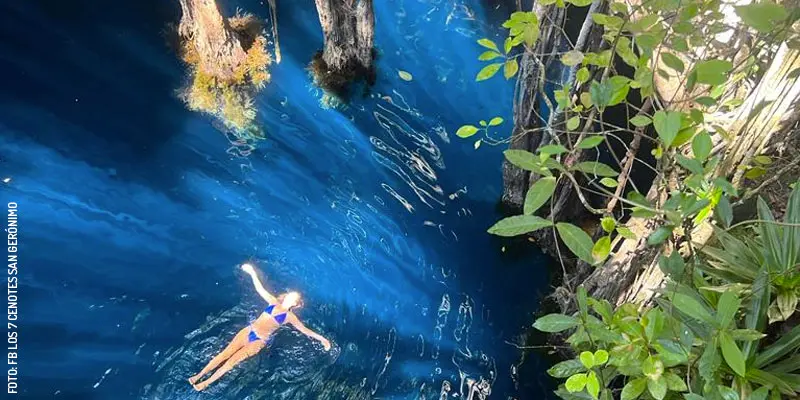
Cenote San Ignacio
Cenote San Ignacio is just 40 minutes from Mérida, on the highway to the neighboring state of Campeche in the village of Chocholá. This cenote is a very safe place, perfect for swimming. Found inside a cavern, there is artificial lighting and even music. The vaulted roof is about 24 feet, from which hang incredible stalactites. For your enjoyment and comfort, you will find palapas, bathrooms, showers, dressing rooms, a children’s play area, wading pools, stables, restaurant, and spa. Open 365 days a year.
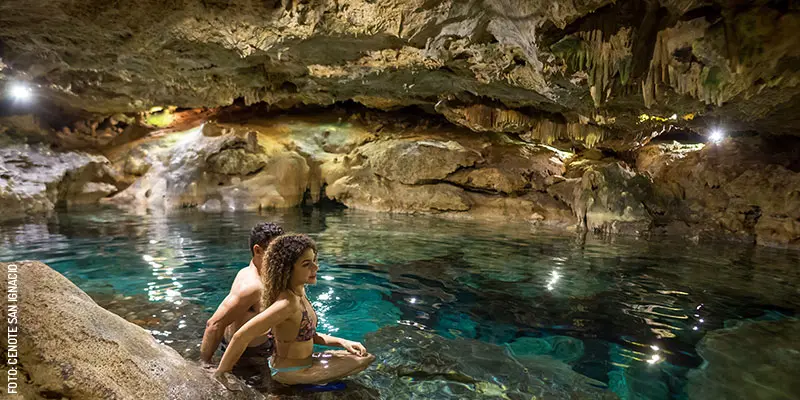
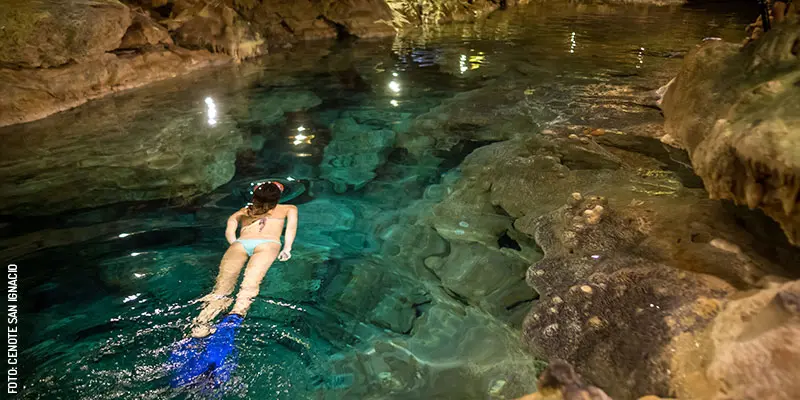
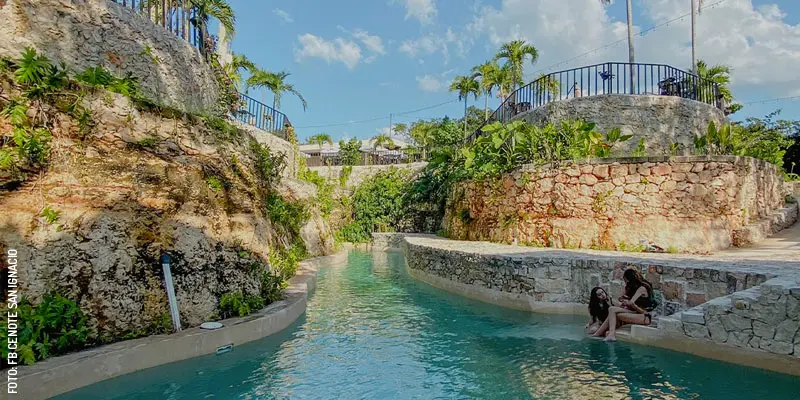
Cenotes X’Kekén and Samulá
Cenote Xlacah
With the participation of local residents, the beautiful Yaxunah Cenote has recently received new stairs and access to a picnic area. It is located between Chichén Itzá and Yaxcabá, and there is also a Cultural Center and the Yaxunah archaeological site nearby.
FB Centro Cultural Comunitario De Yaxunah
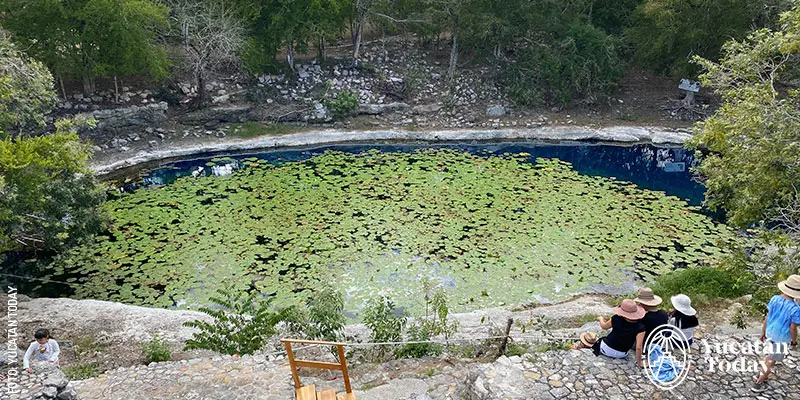
Cenote Yokdzonot
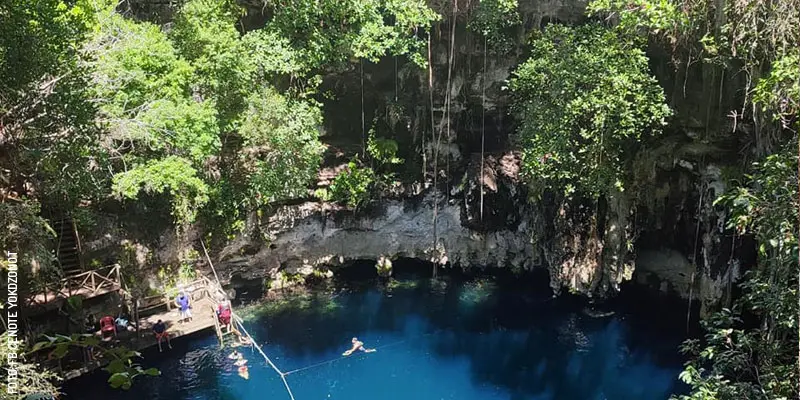
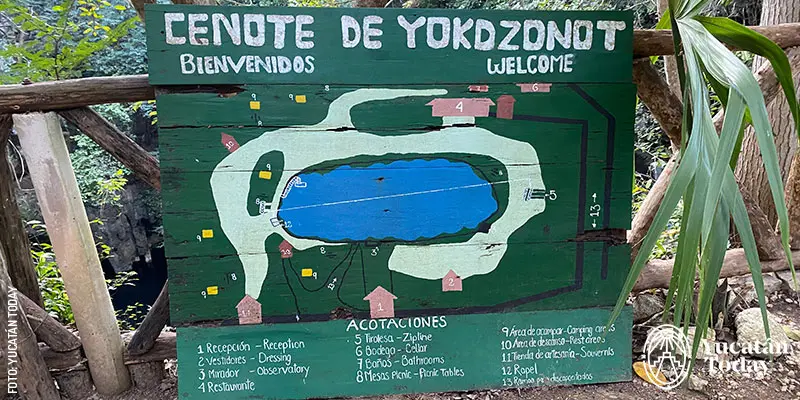
Cenote Zací
Ubicado en el corazón de la ciudad de Valladolid, es de los más populares para bañarse por sus aguas cristalinas y refrescante color turquesa, en las que se encuentra una rara especie de peces negros y sin ojos denominados «lub». Puedes ver formaciones de estalactitas y estalagmitas que cubren la tercera parte del cenote.
Ubicación: https://maps.app.goo.gl/kSZucDVcQBcgh19F7
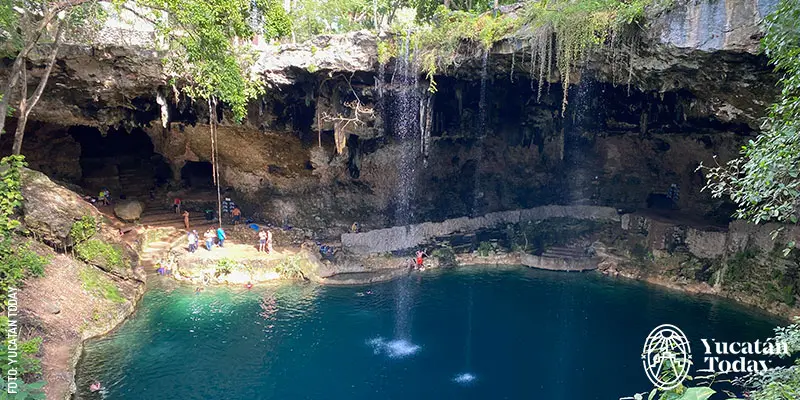
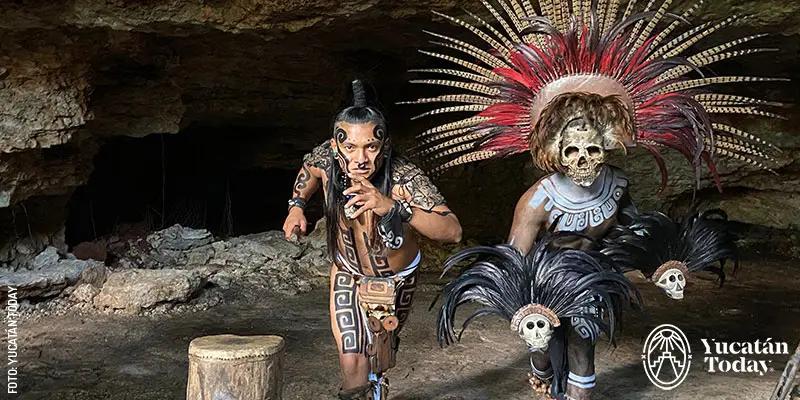
Artículos relacionados
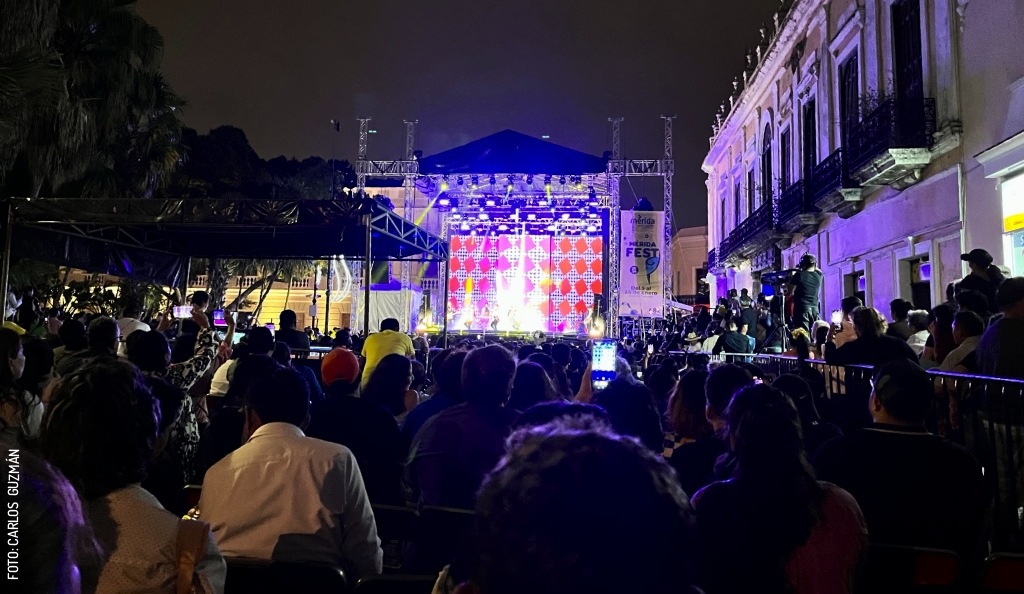
Mérida Fest: Celebremos juntos el cumpleaños de la capital yucateca
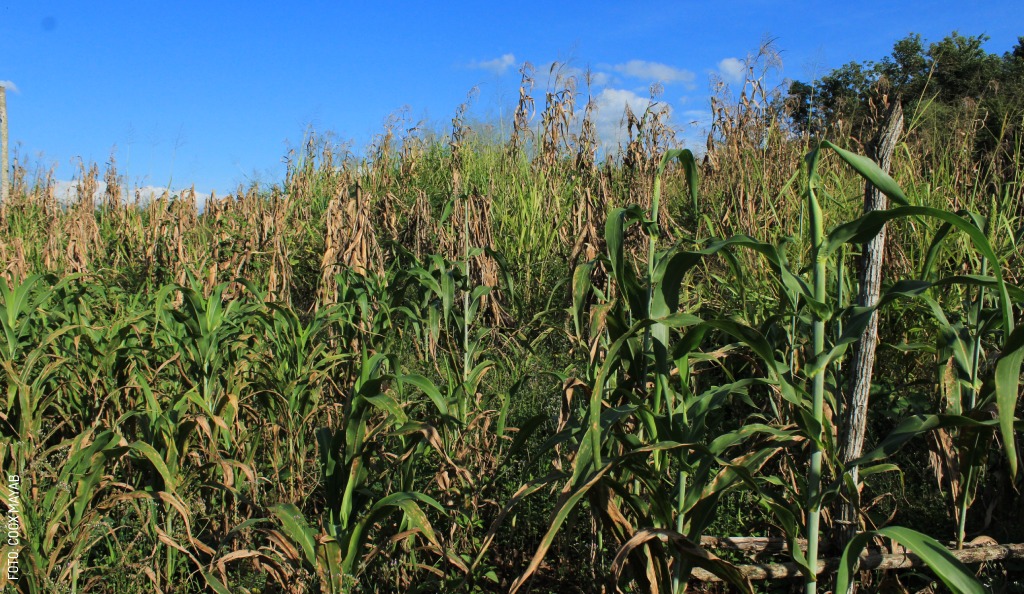
Cabañuelas: Predicciones del Clima para 2026
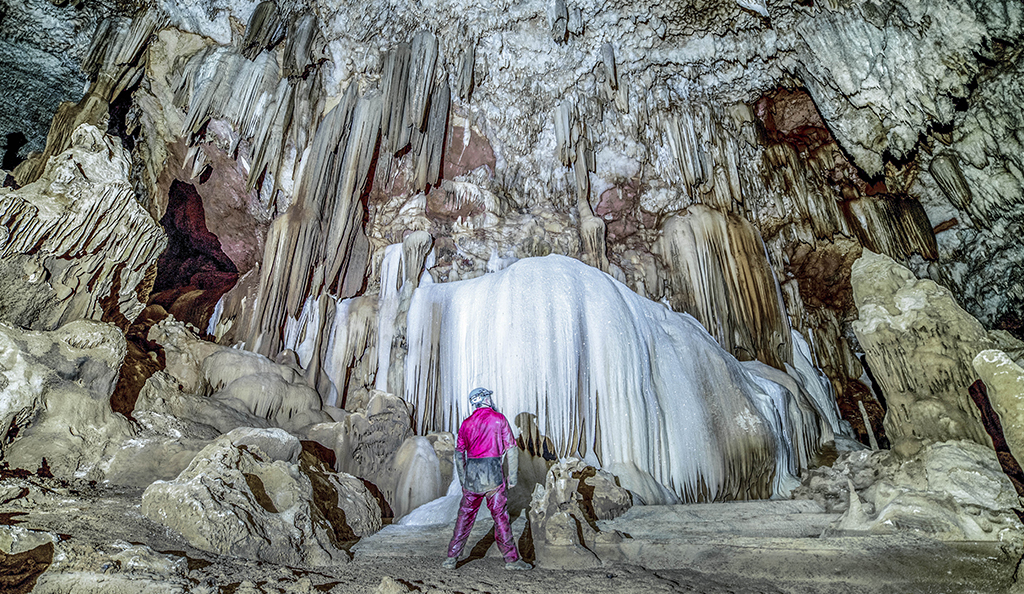
Conociendo Yucatán: Una escapada de dos días por el Sur de Yucatán
Related Articles
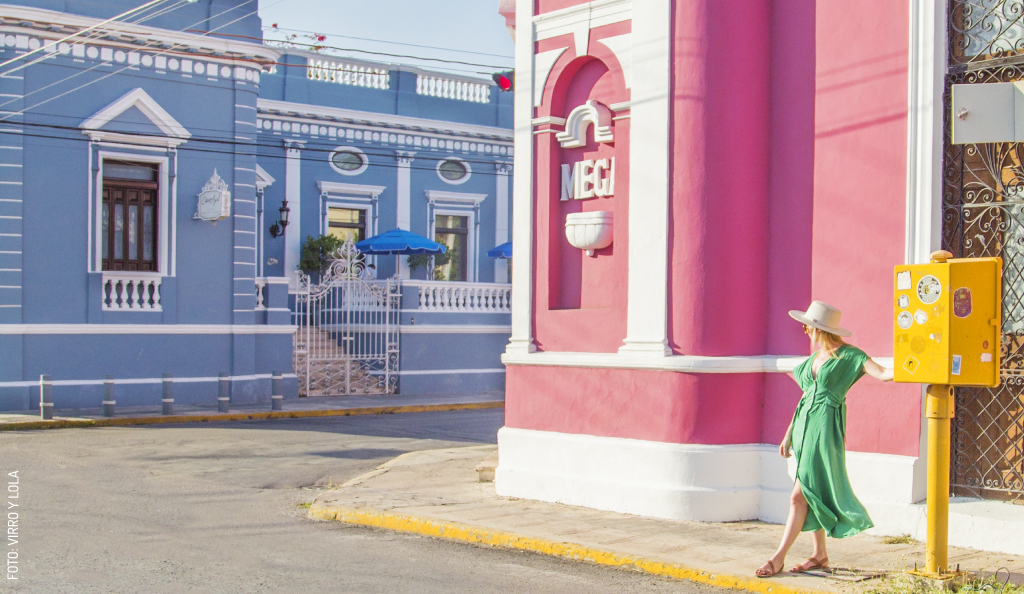
The Ultimate Yucatán Bucket List: From Ancient Maya Ruins to Legendary Cuisine
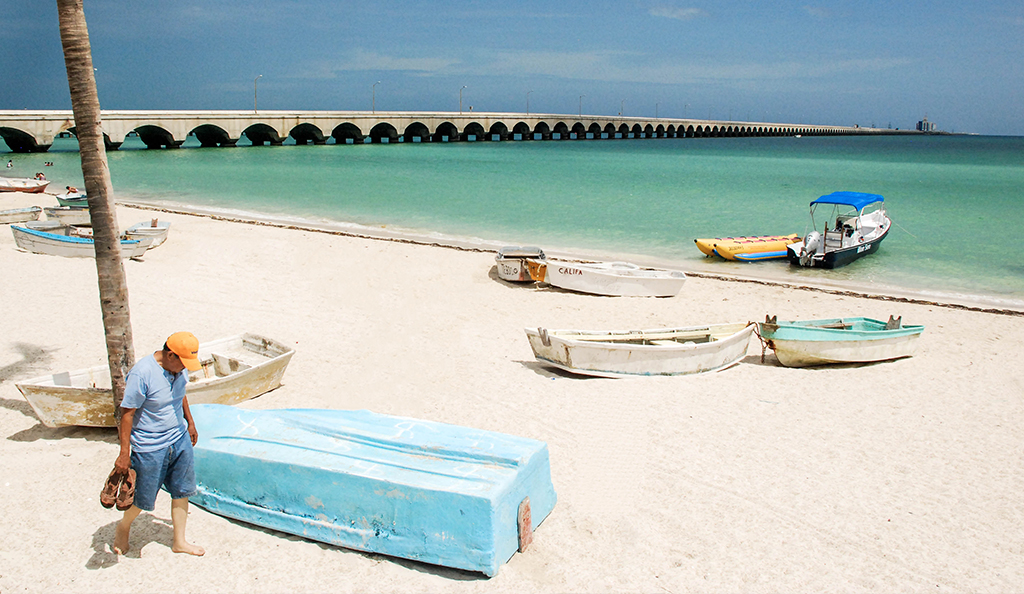
Receive the New Year Visiting Yucatán
